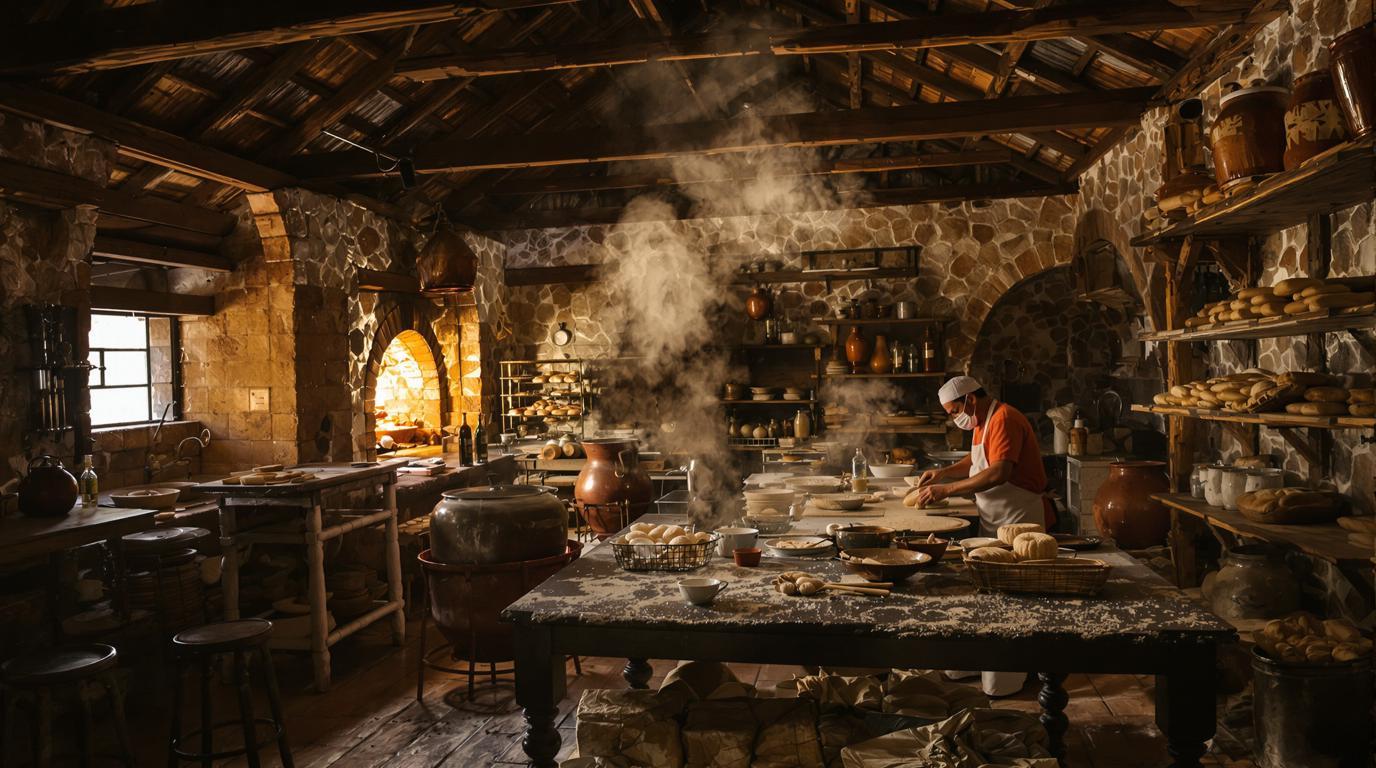The first time I saw fireflies dance above the rusted tin roofs of Campo Rico, I knew Puerto Rico’s rural interior held secrets no cruise ship passenger would ever discover. Just 30 minutes from San Juan’s congested streets, this forgotten hamlet rests in a valley where coffee farms cling to misty mountainsides and the rhythm of life moves to centuries-old traditions virtually unchanged by time.
Where mountain coffee and forgotten traditions converge
Campo Rico sits within Puerto Rico’s central cordillera, a region locals call “la espina dorsal” – the backbone of the island. This agricultural heartland once produced some of the world’s most coveted coffee before hurricanes and economic shifts pushed younger generations toward coastal cities.
“My grandfather’s grandfather planted these same coffee trees,” says Doña Elena, a fourth-generation caficultura whose weathered hands still harvest beans the traditional way. “The tourists want beaches, but the soul of Puerto Rico lives in these mountains.”
What makes Campo Rico extraordinary isn’t just its agricultural heritage but how the community has maintained culinary and artistic traditions that have disappeared elsewhere on the island – all while remaining refreshingly uninterested in becoming a tourist attraction.
Three extraordinary experiences hidden in plain sight
The midnight bakery where bread becomes ceremony
Down an unmarked dirt road, Panadería El Coquí operates exclusively between midnight and sunrise. Master baker Hector Rivera continues a 150-year-old tradition of night baking that originated when farmers needed fresh bread before pre-dawn field work.
Arriving at 2 a.m., I found local families gathered around communal tables, dipping pan de agua into strong coffee while exchanging stories. Rivera’s specialty – a sweet bread embedded with local cheese and guava – sells out within minutes of emerging from his brick oven. The recipe, passed through six generations, isn’t written down anywhere.
The waterfall pool where history and healing merge
Locals call it “La Piscina de los Espíritus,” though you won’t find it on any map. This natural pool forms beneath a 30-foot cascade that indigenous Taíno people once considered sacred. Reaching it requires a 40-minute hike through dense forest with no trail markers or designated path.
“We don’t advertise this place,” explains my guide Manuel, a lifelong Campo Rico resident. “It’s where our community comes for important moments – celebrations, healing rituals, quiet reflection.”
The water maintains a perfect 72-degrees year-round, and like this sacred lake sitting 12,500 feet above sea level, local legends claim the pool has restorative properties for both body and spirit.
A kitchen where time-honored flavors defy modernization
In Campo Rico, culinary traditions remain deliciously frozen in time. At Cocina de la Abuela, Margarita Delgado prepares pasteles wrapped in banana leaves using a wooden pilón (mortar) that’s older than she is. Her specialty – pasteles de guineo verde – combines green bananas, yautía, and slow-roasted pork in a labor-intensive process that takes two full days.
“My daughter wanted to buy me a food processor,” Margarita laughs, “but the machines change the texture. The hand knows what the mouth wants.”
Her restaurant, actually just six tables in her front yard under a mango tree, operates without fixed hours or menus. Locals know to simply show up and eat whatever Margarita has prepared that day.
Essential insights for the curious traveler
Getting there and timing your visit
Campo Rico requires intentional effort to reach. No public transportation serves the area, making a rental car essential. Visit between January and April when coffee processing is at its peak and weekend gatherings often feature impromptu bomba y plena performances.
Unlike this summer’s 5 most affordable exotic destinations for under $25 a day, Campo Rico isn’t budget-friendly in the conventional sense. The value comes through experiences impossible to price – like Doña Elena’s invitation to join her family’s Sunday dinner or Manuel’s willingness to share hidden swimming holes.
Where to stay
Casa Vieja offers the area’s only formal accommodations – three simple rooms above a family home with hammocks overlooking coffee fields. For something more unusual, several families offer spare bedrooms through an informal network known only by word-of-mouth. Ask at Panadería El Coquí for current availability.
Unlike this luxury villa’s shocking bathroom surprise, accommodations here are humble but impeccably maintained, with the hospitality far outshining any lack of amenities.
Reflections from the mountain’s embrace
As Campo Rico disappears in my rearview mirror, I realize what makes this place extraordinary isn’t any single attraction but rather its steadfast resistance to becoming an attraction at all. In a world where authentic experiences are increasingly commodified, Campo Rico’s quiet insistence on remaining true to itself feels like both rebellion and invitation – but only for those willing to arrive with humility and without expectations.
